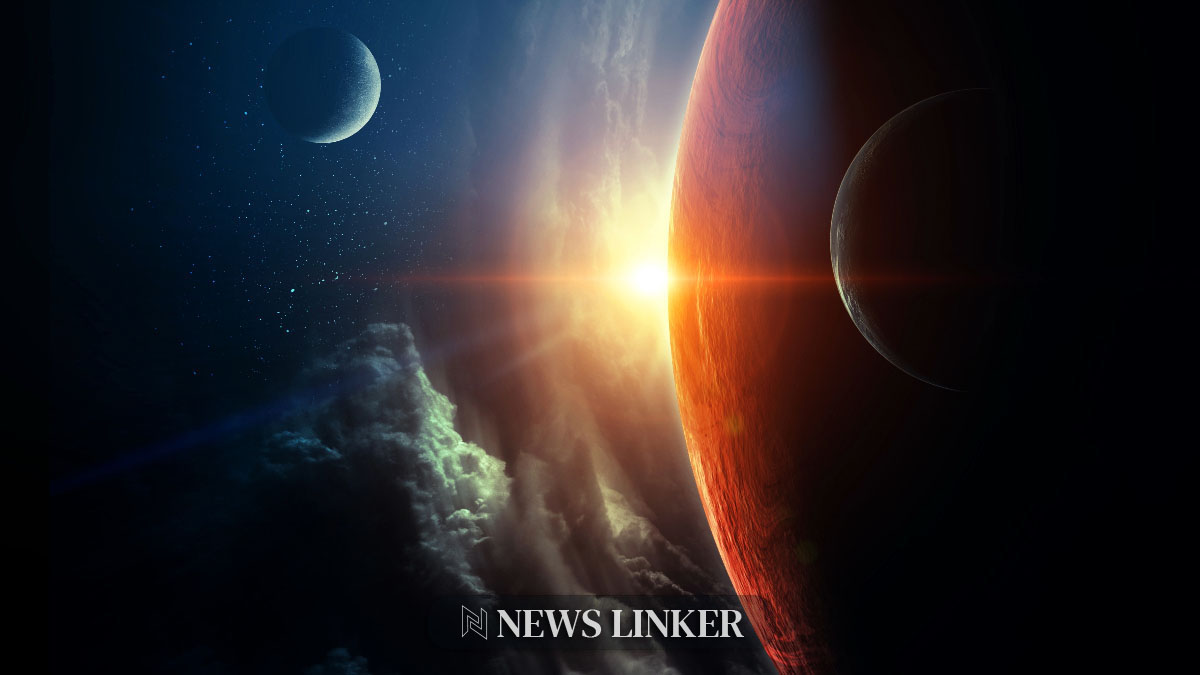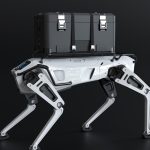At the dawn of the universe, the opaque cosmic landscape eventually gave way to transparency, allowing the primordial light of the Big Bang to journey across the cosmos. This light, now observed as the cosmic microwave background, heralded an era of darkness until the first stars, composed solely of hydrogen and helium, ignited to punctuate the void. These celestial bodies, though short-lived, were massive and ended their life cycles in spectacular supernovae, leaving only remnants behind. Contemporary stars, in contrast, are composed of a variety of elements, none of which are from this pioneering generation.
Challenges in Observing the Universe’s Earliest Stars
Despite extensive astronomical searches, direct observation of the universe’s first stars remains elusive. While indirect evidence suggests their presence in the distant universe, their light has yet to be captured. A new study, however, presents a compelling argument that the upcoming Nancy Grace Roman Space Telescope could detect the final glow of these ancient stars.
The Roman Space Telescope: A New Hope for Cosmic Archaeology
The Roman Space Telescope, originally known as the Wide-Field Infrared Survey Telescope (WFIRST) and set for a 2026 launch, is designed to observe the universe in infrared with a broad field of view. This capability makes it well-suited to detect the highly redshifted light of the earliest stars. However, due to their brief existence, the telescope is unlikely to observe them directly. Instead, researchers suggest focusing on Tidal Disruption Events (TDEs), where black holes tear apart stars, leaving a distinct emission spectrum that can be detected over extended periods.
The proposal centers on identifying the unique spectral signature of gas heated in TDEs involving first-generation stars. Due to cosmic redshift, the light from such events, originally in the ultraviolet range, would shift to the infrared, thus becoming observable by both the Roman Space Telescope and the James Webb Space Telescope (JWST).
Estimations suggest that the Roman Space Telescope could witness dozens of these TDEs annually. Consequently, in the near future, astronomers may finally capture the last flickers of light from the universe’s inaugural stars, providing unprecedented insights into the cosmos’ formative years.










